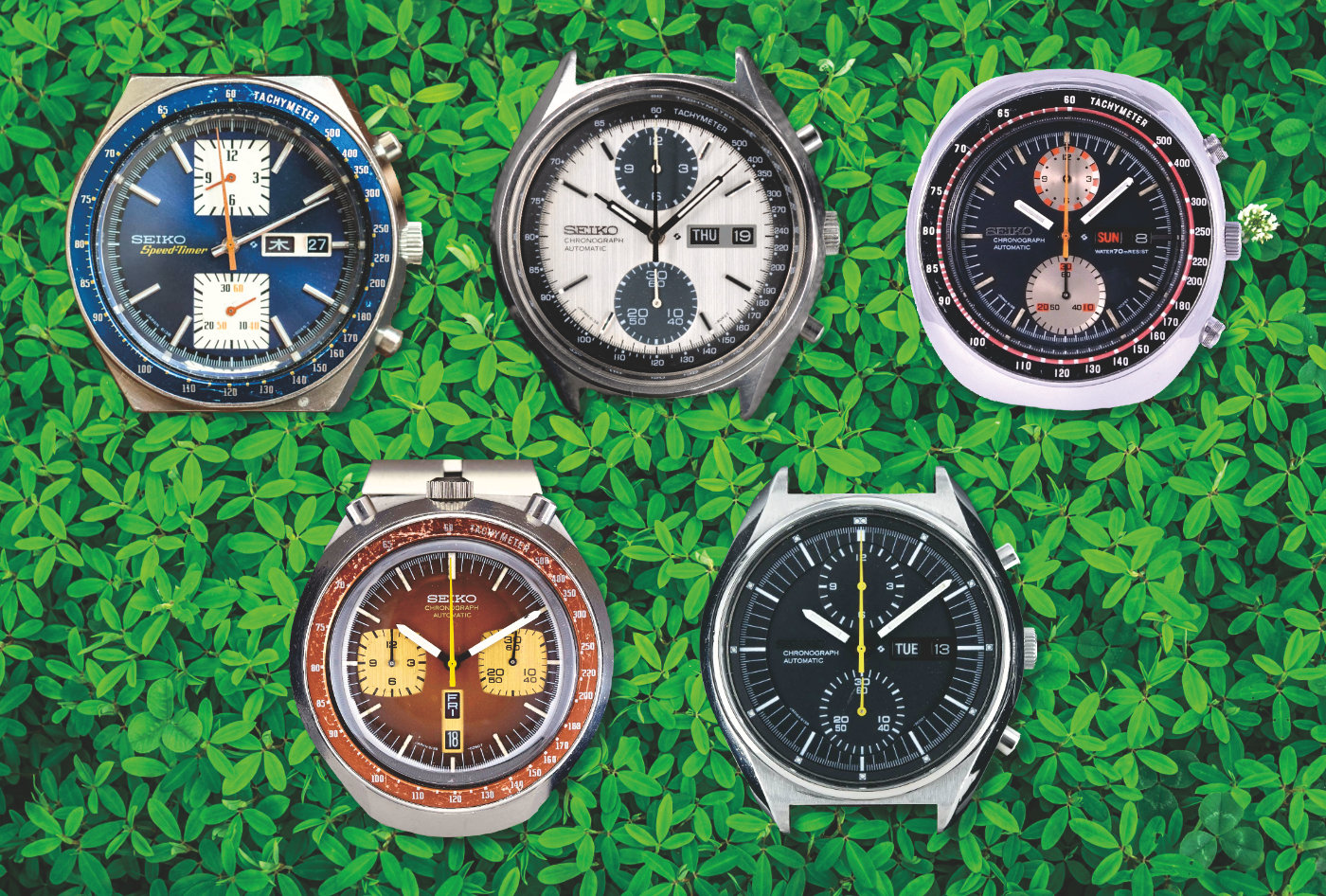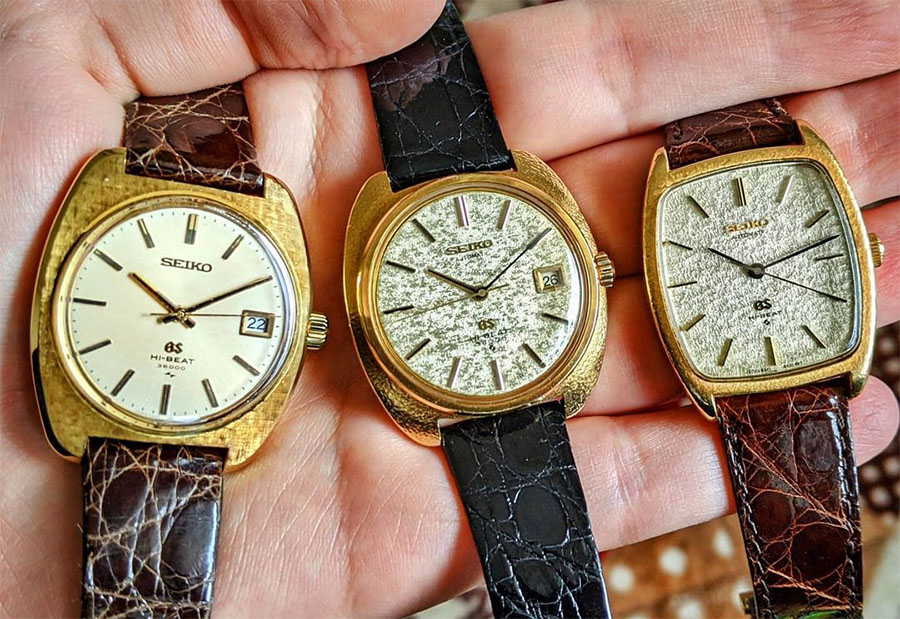

The first pocket watch by Seiko – the Time Keeper / Source: Seiko MuseumSeikosha went against the horizontal business model adopted by the Japanese watchmaking industry, who often obtained their parts from a wide variety of suppliers. Hattori had chosen to focus on wall clocks because the demand was high, they were easier to make than pocket watches, and more cost effective to produce in Japan than paying the price for European imports. Its Roman numerals and octagonal wood case were elegant hallmarks of an era when Japan was emulating the fashions of the West-and fast catching up to European and American technical skill. The Eight Day Wall Clock went into production just two months after Seikosha was established. It was here that the company manufactured wall clocks, many of which are on display at the Seiko Museum. The home base of Seikosha was a Tokyo factory that had fallen into disuse and subsequently been sold off. The name was fitting some critics have conjectured that the technical skill and dexterity of the Japanese workforce played a large role in Japan’s economic rise, which is especially apropos to watchmaking.

Just a little over a decade later, Hattori was manufacturing clocks under the business name of Seikosha, which means House of Exquisite Craftsmanship. Kintaro HattoriOne such enterprising fellow, Kintaro Hattori, opened a watch and jewelry store in the Ginza suburb of Japan, which is still regarded as one of the most upscale shopping venues in the world, right up there with Champs Elysées (Paris) and 5th Avenue (New York). Japanese entrepreneurs rose to the challenge of creating a domestic industry for watchmaking. A Christmas present for the watch-wearing world.An Olympic boost to the Seiko reputation.Though the Japanese had long observed temporal time (that is, splitting day and night each into six, equally-spaced segments) and a lunar calendar, in 1872 they switched to a solar calendar and a fixed-hour timekeeping system. Japan would no longer be able to rely on Wadokei (traditional clocks for seasonal timekeeping), but rather on imported, European timekeeping pieces. In fact, it was the introduction of steam-powered, locomotive transit that prompted the need for more accurate timekeeping, not only for punctual scheduling but also for safety. Of all the gifts they brought, the one that most fascinated the Japanese Emperor was a model train-and just two decades later, Japan had built its first full-scale railway. But in 1854, an American delegation pushed their way in. This island country-land of the rising sun-had a longstanding hot-and-cold relationship with the outside world, finally opting to close its borders entirely. Japan has a knack for taking Western ideas and inventions and raising them to new levels of perfection.


 0 kommentar(er)
0 kommentar(er)
